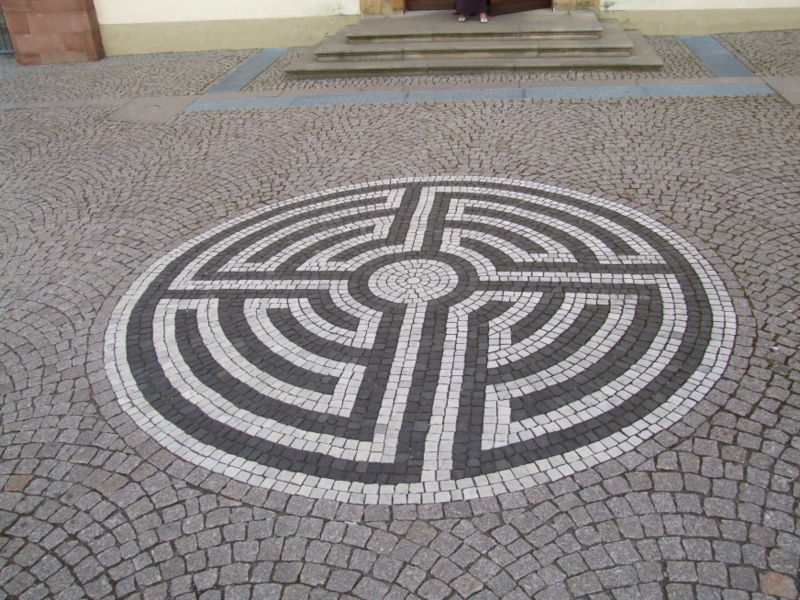Portrait of John Boswell by Robert Giard, 1987
I used to be a professor of medieval studies, but usually my academic writing isn't relevant here. Now I'm making an exception because, well, I'm just so pleased to be finished with a book I worked on for four years--and because it's about recovering part of the history of men loving men long before Stonewall. We need a past we can live with in order to build a future we can live toward.
John Boswell knew that when he published Christianity, Social Tolerance, and Homosexuality in 1980. It was an ambitious, dauntingly footnoted monograph about the medieval past, but it was a best seller to a surprisingly broad audience. The gay literary and current affairs review Christopher Street ran a cartoon in which one guy sitting at a bar asked another, "How about coming back to my place for a little Christianity, social tolerance, and homosexuality?" Among the notes of appreciation sent to Boswell by readers, one included the questions, "Do you have a boyfriend? And if so, would you consider dumping him?"
For my part, by the time I wrote Queering Medieval Latin Rhetoric: Silence, Subversion, and Sexual Heterodoxy, I’d spent thirty years loitering in the margins of medieval texts–squinting in the half-light, as it were, for signs of mutual recognition, like the sodomites of Dante’s Seventh Circle.
But sometimes the guesswork of cruising is even more engaging than any ensuing hook-up. On the subject of same-sex desire and expression, it took me a long time to realize that I find what medieval authors don’t say–and how they don’t say it–even more fascinating than what they make clear.
Paradoxically, a lot of queer historical scholarship in the 1990s was obsessed with driving a wedge between pre-modern texts and the desire of modern readers to reclaim the past. Since no one could have named homosexuality in modern terms in the twelfth century, or the fifteenth, or indeed before the word’s mid-nineteenth-century coinage, it basically wasn’t there at all, so the argument ran.
A lot was sacrificed in the more extreme versions of this critique. The drive to find one’s own gay experience mirrored by generations long gone, albeit in a glass darkly, was dismissed as naïve–from the left by queer theorists, but also by socially conservative scholars invested in shutting down any serious consideration of deviant medieval sexualities.
What I set out to do with this book was to listen to the different ways that medieval writers didn't talk about gay sex. Silence isn't just one thing. Some silences speak volumes: they point directly to what they claim they're not talking about. The right kind of silence can hint at desires that can’t be directly named. That was true in the Middle Ages, as it was true in mid-twentieth-century America--and as it still is today, in places like the state of Florida. (Thank you, Ron DeSantis.)
We need a queer past to make sense of our experience, as much as we need a queer future to work towards. We need GLBTQ ancestors whose promise and potential we can apppropriate to ourselves. Sometimes, we have to look for them between the lines, in unspoken hints and oblique innuendo.






